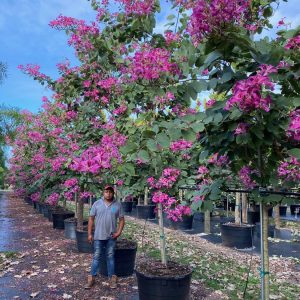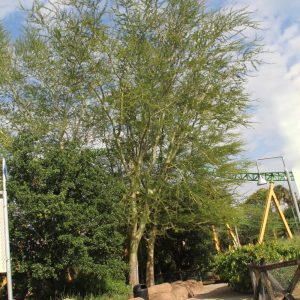Description
Jamaican caper tree description
Capparis Cynophalophora (Jamaican Caper) is a small to medium-sized tree (see what Jamaican caper looks like). It is one of the 300 species of Capparis. The mediterranean shrub produces capers, and the condiment pickled edible flower buds. However, Jamaican caper shrub is not edible.
Although, it grows wild in Florida’s dry coastal scrubs and hammock’s; Jamaican caper tree is classified as endangered. The plant grows to a height of 8 to 15 feet (4.57 m). It is compact, upright and oval or triangular with small branches. Besides, its thin smooth bark is dark gray or brown, becoming fissured as it ages.
In addition, the small leathery leaves are oblong to elliptical, alternate, evergreen, and measure 2 to 4 by 3/4 to 1 1/4 inches. Also, the underside of the leaf tan and covered in scales. Additionally, aromatic colorful flowers are borne on twig ends, first white then pink to violet. The flowers have distinctive protruding stamens up to 1.5 inches long. They attract several insect pollinators such as honey bees. The fruits are pods borne on thin stalks, 4 to 12 inches (30.48 cm) long, between the small brownish seeds, which attract birds. Spontaneous seedlings grow beneath the tree.
Capparis Cynophallophora cultivation and landscape application
In cultivation, the Jamaican caper plant it is considered to be low maintenance in well-drained soil and has no serious pests. Also, it is an attractive choice for patios, parking lot islands and roadway medians. It can also serve as a specimen tree and an effective screening plant in shrub form. Jamaican caper tree does well in containers.
It is also known as: Haematocephala or Portoricensis
🌳Other popular and beautiful plants: Limber caper.






















